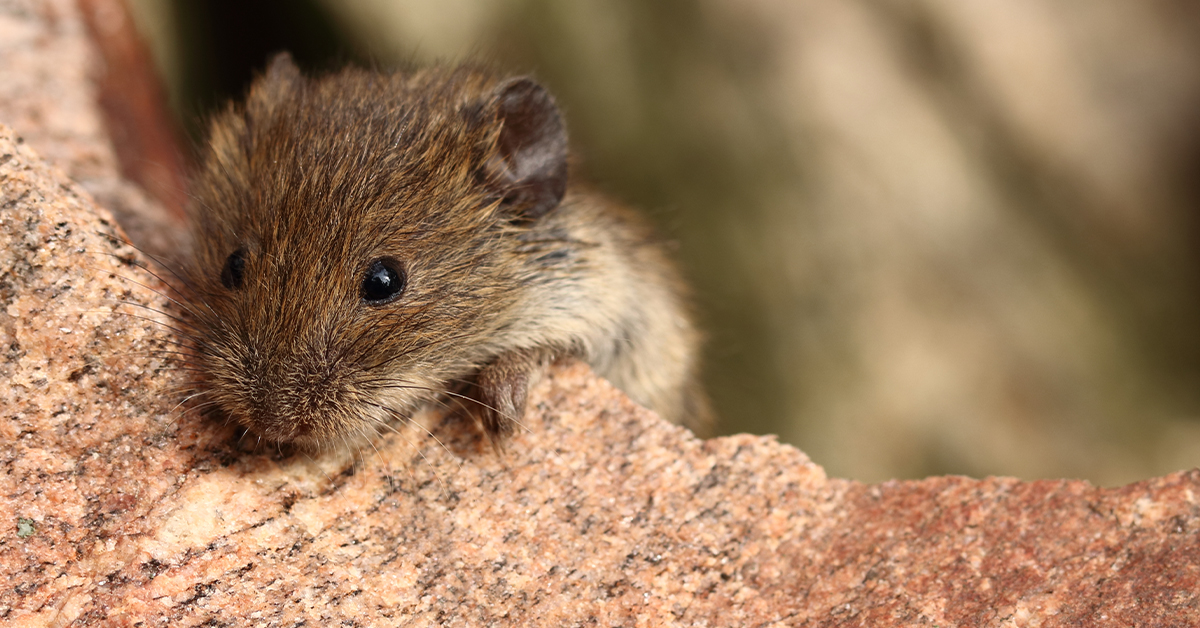Humans have battled rodents since time immemorial. Throughout history, rats and mice have damaged crops, destroyed stored food, and spread diseases. Today we have safe, effective methods to eliminate these pest threats… but that was not always the case.
How Did Ancient Egyptians Stop Mice Infestations?
Thousands of years ago in ancient Egypt, rodent control relied mainly on cats and prayer. Cats were on the front lines of early rodent-fighting, with pleas for divine protection close behind. Combining the two, a cat-headed goddess named Bast was invoked for protection against illness and enemies.
There is also archeological evidence that the Egyptians used rudimentary rodent traps. They also created a system of water-filled pools or canals that might have lured these pests away from food sources and causing them to drown.
How Did Ancient Farmers Control Pests?
Evidence suggests that the earliest use of pesticides was in ancient Sumeria, around 2500 BCE. Farmers used sulfur compounds to repel pests and prevent insect bites.
Later, during the Roman Empire (31 BCE – 476 CE), the Romans created and enforced strict sanitation codes to reduce pest populations. It may seem obvious today, but at the time it was still novel to associate filth with pests and disease. When this era ended in the Fall of Rome, sanitation protocols also fell from favor in Europe – with dire results.
How Did Medieval People Get Rid of Rats?
In medieval times, rodent control was as crucial as ever. Rats were responsible for the contamination or destruction of frequently scarce food sources. As well as having long been implicated in the spread of the Black Plague – which killed nearly a third of Europe’s population.
The pest control methods of the age were no match for exploding numbers of rats and their disease-transmitting fleas, fueled by the poor sanitation practices of the era. Rat catchers – the pest control professionals of their time – patrolled streets full of garbage, animal corpses, and human waste to hunt rodents, armed only with sticks and planks.
During this era, cats were again deployed to reduce rodent populations. While farmers used basic chemical pest control mixtures that included sulfur, vinegar, or urine. Or, at least, cats were used for a time. When fear of the plague led to accusations of witchcraft causing it, cats were often killed because of their folklore association with witches… and that made plague transmission worse.
Were There Pesticides in the 1800s?
In the centuries following the Black Plague, sanitation and pesticides once again became vital components of pest control. As early as the Elizabethan Era, 1558-1603 CE, laws were made regarding the cleanliness of public areas and basic garbage collection provisions were enacted in many areas.
By the 1800s, pest extermination was a booming profession. Exterminators deployed a broader variety of pest control methods including rat-hunting dogs and pesticides like arsenic and hydrogen cyanide. Unfortunately, these typically had unintended side effects. So, the search for safe and effective pesticides continued.
How Have Pesticides Changed In Modern Times?
In the first half of the 20th century, pesticides took a giant leap in efficacy – if not safety. The first commercial rat poison, Ratin, hit the market in 1902 and lead to a golden age of rodent bait products. Modern synthetic pesticides were developed in the 1940s, and the use of DDT became widespread. Unfortunately, this method caused health issues, negatively impacted the environment, and killed non-targeted insects, birds, and animals.
The late 20th century saw a push for safer methods of pest control, with the FDA stepping in to approve and regulate many forms of pesticides and rodenticides. Additionally, most regions of the United States require some form of licensing for pest control professionals – ensuring a safer experience for their clients.
Today’s pest control professionals are experts in integrated pest management (IPM), which uses knowledge of a pest species’ behavior to eliminate them in the safest possible manner. IPM techniques may include judicious use of pesticides, along with natural products, traps, electronic and physical pest exclusion, and other common-sense protocols to ensure maximum results with the least harm to people, pets, and the environment.
Twin Forks Pest Control® Offers State-of-the-Art Rodent Removal
As rodent control evolves, Twin Forks Pest Control® will continue to use the safest, most advanced pest removal methods available. We have been eliminating rodents for over two decades and offer East End residents and businesses state-the-art rodent control. At the first sign of rodents on your property or in your home, contact us for a free estimate.

